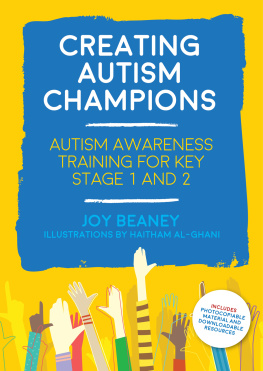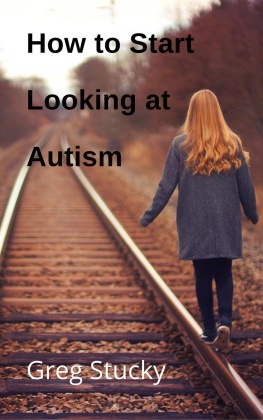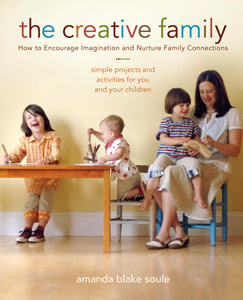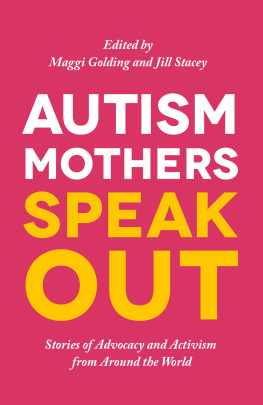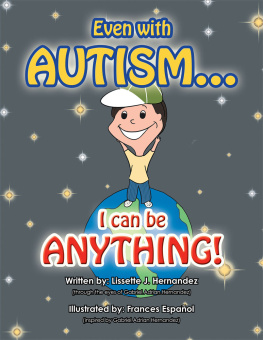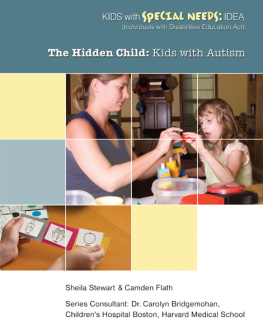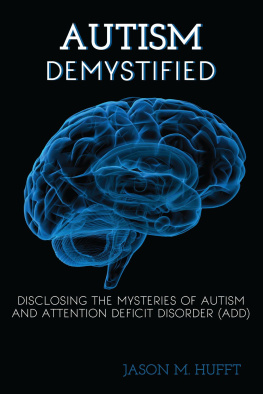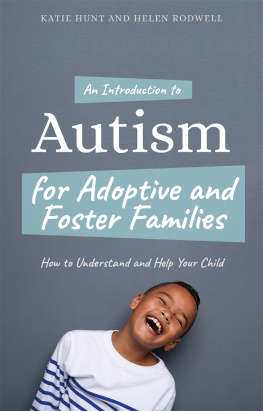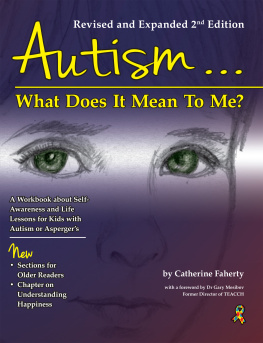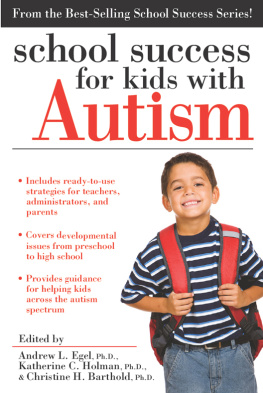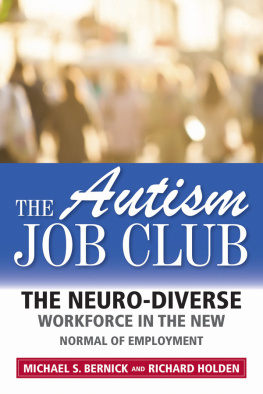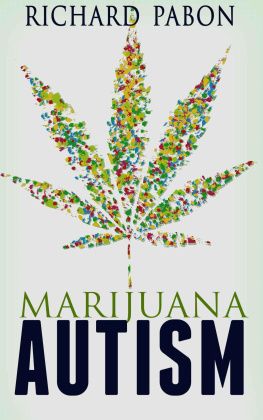
CREATING
AUTISM CHAMPIONS
AUTISM AWARENESS TRAINING FOR KEY STAGE 1 AND 2
JOY BEANEY
ILLUSTRATIONS BY HAITHAM AL-GHANI

Jessica Kingsley Publishers
London and Philadelphia
CONTENTS
INTRODUCTION
One of the best ways to help children with Autism feel accepted in school is by increasing understanding of the condition amongst their peers and teachers.
The National Autistic Society 2017a, para.4
Research indicates that the prevalence of Autism is about 1 child in 100 (Baird et al . 2006). In 1943 Leo Kanner, an Austrian paediatrician working in North America, published a paper entitled Early Infantile Autism. His work described the case histories of children who had in common an unusual pattern of behaviour.
Everyone is unique, and Autism affects people in different ways. This is why it is often referred to as an Autism spectrum.
Some children in mainstream classes may have been given a diagnosis of Asperger Syndrome. The syndrome is named after Hans Asperger. Asperger was an Austrian paediatrician working at the same time as Leo Kanner. He identified a pattern of abilities and behaviours in a group of children who attended his clinic. He called them his Little Professors. His work was not translated into English until the 1980s.
Hans Asperger had a very positive attitude towards those who have the syndrome and wrote:
It seems that for success in science or art a dash of Autism is essential. For success the necessary ingredient may be an ability to turn from the everyday world, from the simply practical, an ability to rethink a subject with originality so as to create untrodden ways, with all abilities channelled into the one speciality. (Asperger 1979, cited in Attwood 2005, p.126)
In the DSM-5 diagnostic criteria published in 2013, a separate diagnosis of Asperger Syndrome is no longer given and it is included under the umbrella term Autistic spectrum (American Psychiatric Association 2013).
It is recognised that children with Autism have many strengths, but they do have a different way of thinking and making sense of the world. This can often lead to difficulties in communicating and interacting with peers, as well as inflexible or rigid thinking. They may also have unusual responses to sensory stimuli. Understanding the strengths and reasons why a pupil with Autism reacts as they do in a particular situation can offer a suitable approach to support the pupil.
One issue identified by the National Autistic Society (2017b) is that Autistic children and young people can be more at risk of being bullied than their peers because of the different ways they communicate and interact with others.
Morewood, Humphrey and Symes (2011, p.66) proposed that much of the bullying, teasing and social exclusion that is often targeted at pupils with Autism is fuelled by ignorance. Morewood explains that pupils observe children with Autism behaving differently, resulting in staff often treating them differently. Morewood believes that by giving an explanation and developing peer awareness, misunderstandings and resentment can be avoided.
Reid and Batten (2006, p.6) concur: Raising awareness of Autism among other children can help them understand why someone may act differently to them. It can encourage them to support children with Autism and discourage bullying among their peers.
RATIONALE FOR THE DEVELOPMENT OF THE RESOURCE
A major part of my work advocating for children with Autism in mainstream schools has always been to implement practical strategies and approaches to reduce barriers to learning. However, whilst these strategies undoubtedly helped the children to cope with the day-to-day problems encountered, it became evident that when the children reached 8 or 9 years of age, new issues emerged surrounding the difficulties they had with social acceptance. It is a mistake to assume that because children with Autism lack intrinsic social skills, many do not want to socialise and have friends. A study by Ochs et al . (2001) suggests that it is their peers without Autism who hold the key to the successful inclusion for children with Autism and not the teachers. The children with Autism in the study showed they were able to understand and be distressed by being made the butt of jokes and by derisive behaviour from their classmates. Results indicated that classmates could effectively include or exclude children with Autism, depending upon whether they exhibited negative or positive responses. The same study pointed out that the children whose diagnosis was disclosed enjoyed more consistent social support, both in the classroom and on the playground.
Leading an outreach team supporting children with Autism in mainstream schools gave me the opportunity to analyse the social difficulties children with Autism were having and address the role played by the childrens peers in successful inclusion. Taking into account the research by Ochs et al. (2001), I looked closely at the schools in which the Outreach Team was supporting children with Autism. It was obvious that awareness training for children without Autism, promoting acceptance and explaining ways to help children with Autism, was not taking place. Of course, all children were expected to behave in an inclusive way, but actual training of children in understanding Autism was sadly lacking. We tried to alter this situation by the Outreach Team going into schools and giving whole-school assemblies that highlighted the achievements of individuals with Autism. We felt it was important to give a positive message about Autism, describing the pupils strengths but also explaining the differences and possible challenges the pupils might face. We invited classes to select children who would like to become the champions of children with Autism. The children selected had good social skills. We then worked with groups of these children aged between 8 and 11 years and, meeting weekly, we devised lessons intended to increase their awareness and sensitivity towards children with Autism. We asked the children for their ideas on how to ensure that school was a fun and positive place to be for a child on the Autism spectrum. The children were awarded badges that they wore at playtimes so other pupils were able to identify them. Peers were able to help at transition times, break times and lunchtimes and staff reported that this helped to reduce the pupil with Autisms anxiety in these situations. Many of the schools we worked in had Friendship benches, so any child who sat there knew one of their peers would come and ask them to play or help them if they had difficulties understanding what was going on around them in the playground.
For many pupils with Autism, being amongst the other children on the playground can be an overwhelming experience. Sometimes the pupil with Autism may need a quiet place to go to be either alone or with a small number of peers. Many of the schools we worked in created lunchtime clubs that the pupil with Autism could access. This was particularly valuable when the club was based on the pupil with Autisms special interest, as they were able to show their strength and gain the respect and approval of their peers.
Children usually learn many of their social skills in an unconscious and intuitive way through observing and interacting with others, whereas children with Autism need to be taught explicitly. Many pupils with Autism will need a social skills intervention programme, but having learnt a social skill, playing and interacting with supportive peers gives opportunities to generalise the newly learnt skill.
Next page
